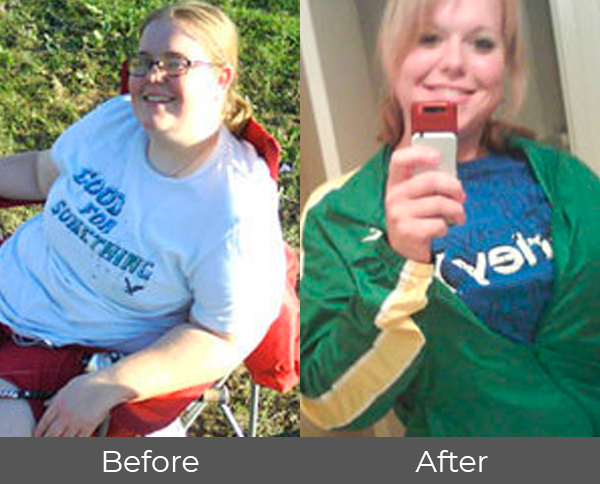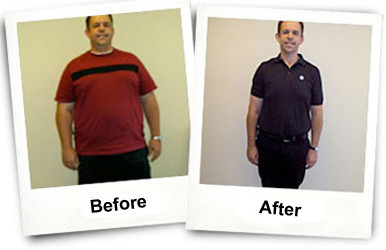High Protein Diet
A protein1 high diet is an eating plan including very much protein. People start following this program if they suffer from certain health issues, like ulcers, burns, or cancer. Doctors often prescribe the diet for those who recover after illness or surgery, because protein promotes forming new tissue and healing wounds.
This meal plan is also used for losing weight as some dietician suppose that extra protein helps to control calorie consumption and restrain appetite.
How Does It Work?
A diet is considered to be high protein if it contains more than 50% protein.
Researchers suggest that diets with increased protein and decreased carbohydrate2 in company with physical exercises reduce the amount of blood fats and help to burn fat. At the same time, such eating plans help to build and maintain muscles.
As a rule, high protein dieters do not have constant hunger though experts are not sure about how appetite is diminished by protein. Some researchers suppose that it makes the brain receive fewer hormones responsible for stimulating appetite.
Most protein high diets encourage physical exercises. Dieters should do them on a regular basis. It is recommended to have moderate activity every day.
What Are the Benefits?
One of the major benefits of such diets is that you feel full for many hours after having a meal, because your body needs much time to process protein. It means that you do not feel hunger and take in fewer calories. As a result, you really lose some weight, though the effect may be temporary.
Are There Any Health Risks?
A protein high diet is not injurious for healthy people if they follow it for a month or two. But the effects of using this meal plan for an extended time have not been studied thoroughly yet, so you should be careful with it.
For example, restricting fiber or carbs may result in diverticulitis and constipation, and eating too much fatty dairy foods or red meat promoted by many high protein diets can increase the risk of having heart disease.
Eating extra diet is harmful for people suffering from liver disease, diabetes, kidney disease or some other chronic health issues. So you should consult the doctor before going to this weight-loss program.
What Foods Should Be Eaten?
A typical protein high diet is low in carbs that contain many essential nutrients. Moreover, some protein rich products have “bad” fats that can cause diabetes, heart disease, cancer, and stroke. So you have to select the healthy foods.
Here is a list of protein sources which are low in fat and nutrient rich: lean meats, poultry, soy, beans, fish, eggs, low fat dairy, lentils, avocado, olives, nuts, and seeds. You should also eat enough vegetables, fruits, and whole grains.
Bottom Line
First of all, do not start following a high protein diet without discussing this idea with your doctor. It is especially important for those who suffer from diabetes, kidney disease and other chronic diseases.
Most experts say that high protein diets do help to lose flesh but they do not recommend following them for a long time, because it can be harmful. Also, you should give preference to healthy sources of protein, like fish, poultry, lean meat, beans, low fat dairy, etc.
Protein High Diet Plan
When you start following a typical high protein diet, your calorie intake should include about 50% protein.
The following chart will provide you with the information about how much protein (in grams) various foods contain.
Meat and fish
- 1 ounce poultry – 8 g
- 1 ounce red meat – 7 g
- 1 ounce freshwater fish – 7 g
- 1 ounce shellfish – 6.5 g
- 1 cup canned tuna – 28 g
- 1 egg – 6 g
- 1 cup tofu – 20 g
- 1 cup non-fat egg substitute – 20 g
- 1 cup dried beans – 15 g
Dairy
- 1 cup milk – 8 g
- 1 ounce solid cheese – 7 g
- ¼ cup dry non-fat milk – 11 g
- 1 cup plain yogurt – 8 g
- ¼ cup parmesan – 8 g
- ½ cup pudding – 4 g
- ½ cup cottage cheese – 14 g
Nuts and seeds
- 1 tablespoon peanuts – 3.5 g
- 1 tablespoon cashew, almond, walnuts, or sunflower seeds – 2.5 g
- 1 tablespoon peanut butter – 4 g
When you buy a product, look for the exact amount of protein on its package.
Adding Extra Protein
Here are some tips about how to add more protein to your food.
- Add cheese to soups, salads, sauces, and vegetables.
- Add special supplements to shakes and milk.
- Add powdered milk to cereals, soups, etc.
- Add eggs to casseroles, tuna, sauces, and salads.
- Eat more nuts as snacks and add them to various dishes.
- Eat more yogurt and cottage cheese.
- Add poultry and red meat to pasta, vegetables, and soups.
- Eat more legumes.
Try to give preference to organic healthy products and do not forget to consult your doctor whether a high protein diet suits you.
Protein High Diet Success Stories
Heidi Axelrod
Heidi always had problems with excessive weight but she had not been really obese before she got pregnant. She tried various diets but none of them worked for her. When Heidi was forty years old, she decided to go on a high protein diet and started practicing yoga. It was a challenge to her but she managed to stick to her new way of life. The results are amazing. Heidi has lost over fifty pounds and feels great now.

Samantha
Samantha, who is a 21 year old student from Columbus, Texas, has lost over 130 pounds by following a protein high diet. She made a decision to go on this diet in 2008 when she realized that her excessive weight made her unhappy.
Samantha started eating high protein and low carbohydrate food six times a day. She counted calories and did physical exercises every day. She lost about twelve pounds the first week on the diet and in a couple months the change in her appearance was obvious to everyone.
It took her nine month to reach her goal. Now Samantha weighs 170 pounds and is determined to maintain the achieved result.

Jean-Lou D.
Jean-Lou tried many programs and eating plan in his unsuccessful efforts to lose weight but she managed to lose 135 pound only after he started following a high protein diet and doing physical exercises on a regular basis. Now he is able to roller-skate and ski. He is full of energy and feels great. His blood pressure has normalized. It is also very important that Jean-Lou is proud of himself and he is going to maintain his current weight.

- Protein is a class of organic nitrogenous compounds which are essential parts of living organisms. This substance is found in eggs, meat, milk, and other foods.
- Carbohydrates are organic compounds which occur in foods and tissues. They are important source of energy for living organisms.